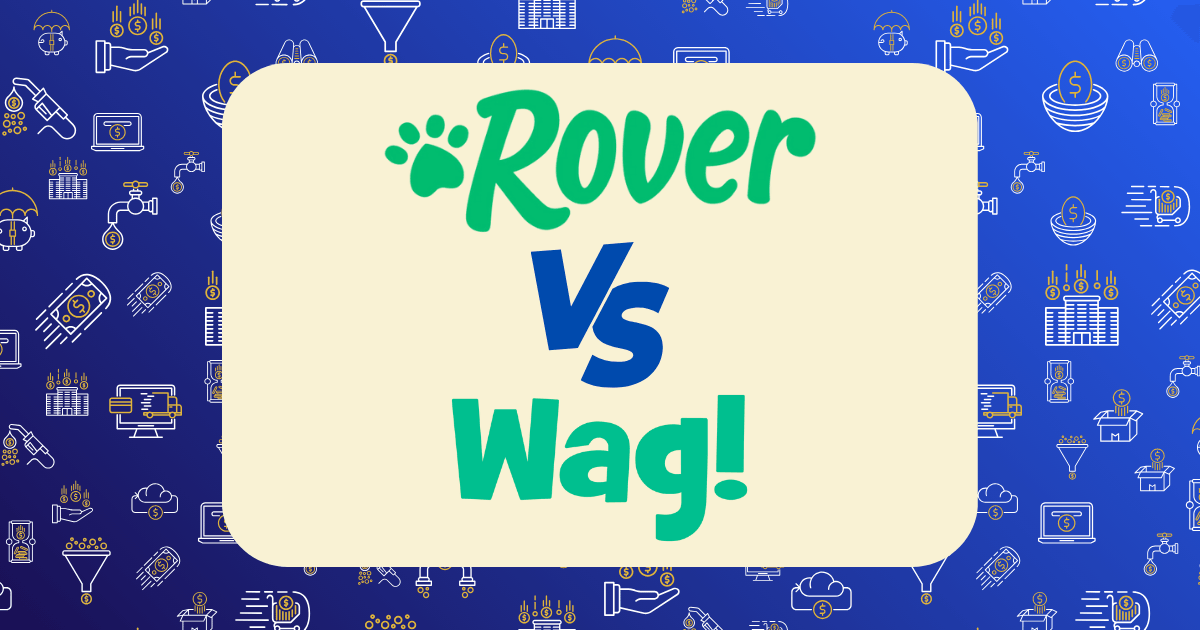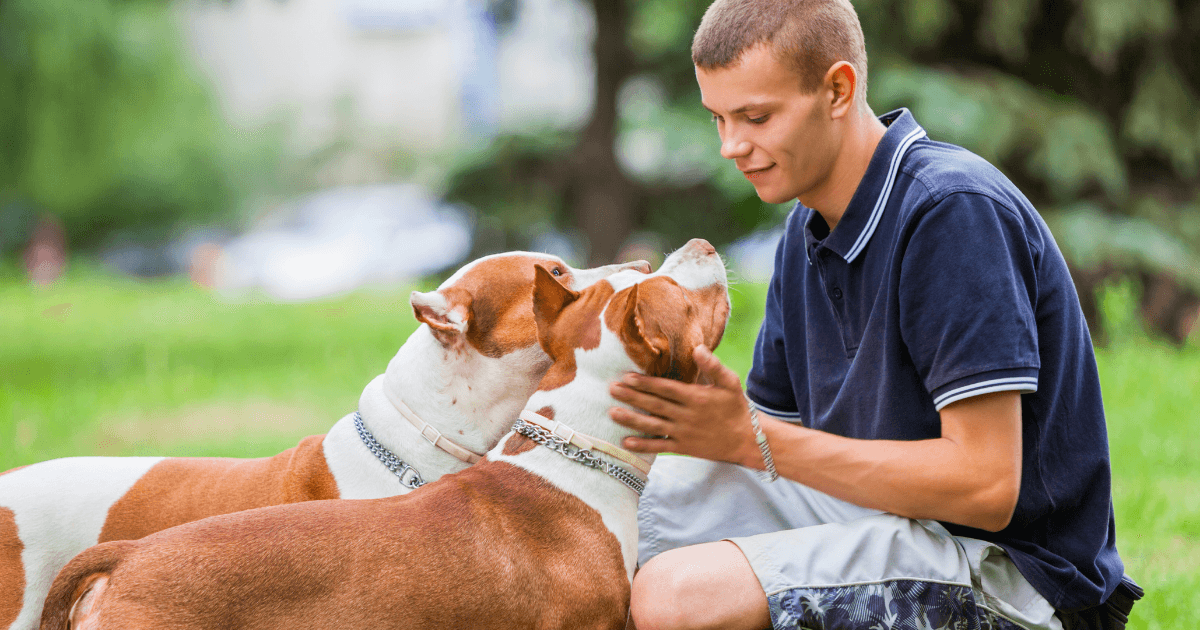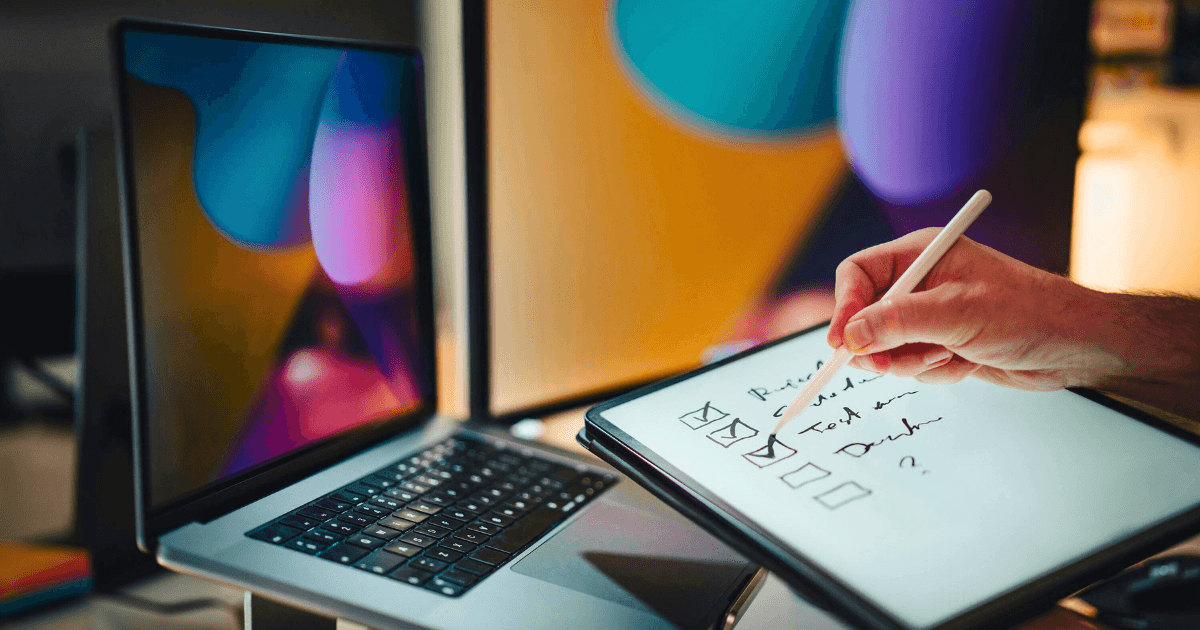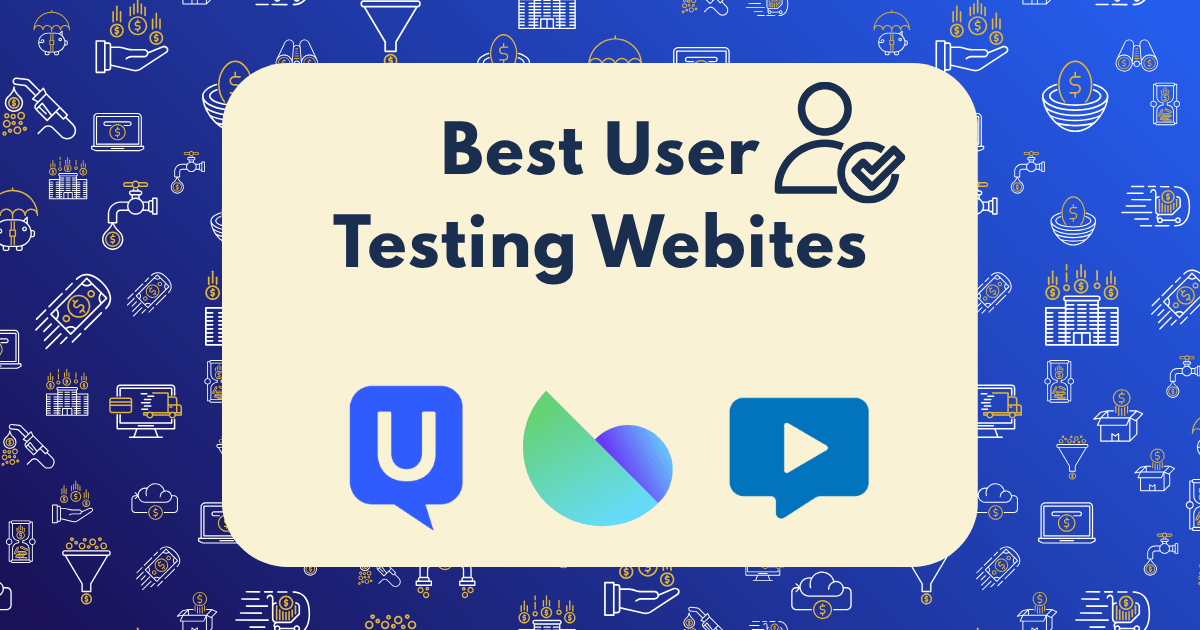Food Delivery Optimization: How I Increased My Earnings from $15/hr to $25/hr
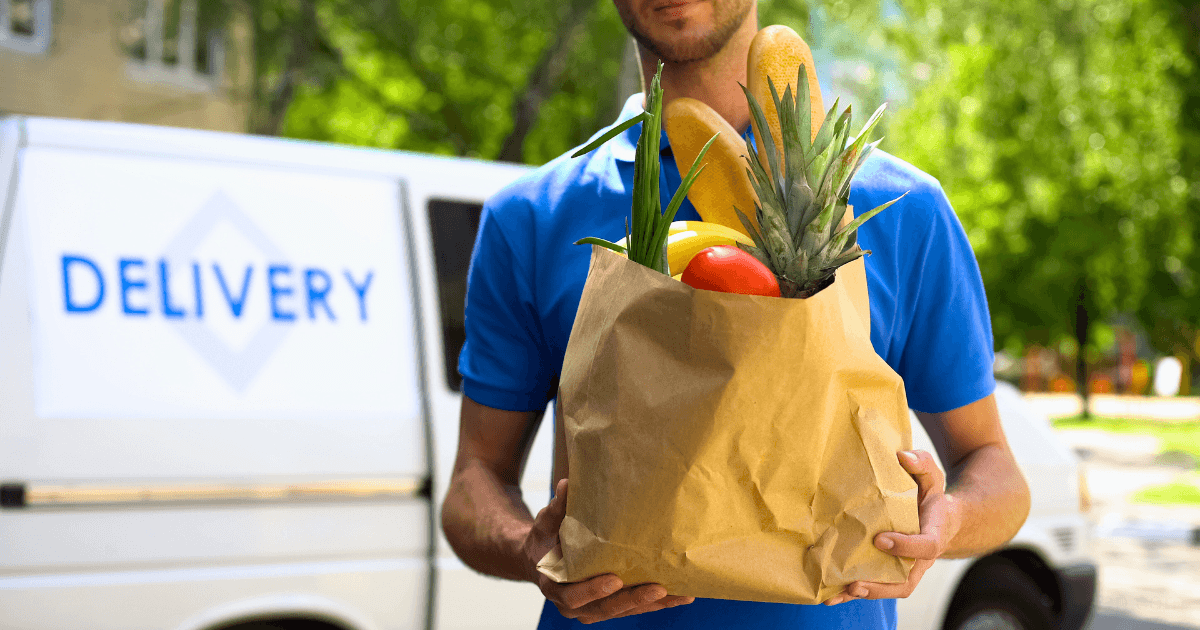
When I first started delivering food through apps like DoorDash and Uber Eats, I was averaging about $15 per hour. Six months later, I consistently earn $25+ hourly—a 66% increase without working more hours. This isn’t about grinding harder; it’s about implementing strategic systems that leverage the psychology of these platforms.
Many drivers settle for mediocre earnings because they don’t understand the algorithms and market dynamics controlling their income. I’m about to change that for you.
The Current State of Food Delivery Economics
Before diving into strategies, let’s examine the market realities in 2025:
- The food delivery industry is projected to reach $1.45 trillion globally by 2027, growing at 12.33% annually
- Average hourly earnings: Uber Eats drivers make approximately $24.68/hour while DoorDash drivers average $18.93/hour (including tips and bonuses)
- Over 37% of Americans use food delivery services at least once a month
Despite these promising figures, many drivers struggle to break the $15/hour barrier. Why? Because they’re treating delivery as a passive income source rather than a business requiring optimization.
My 7-Step System for Maximizing Delivery Earnings
After analyzing thousands of deliveries and testing various approaches, I’ve developed a system that consistently produces higher earnings. Here’s how I transformed my delivery side hustle:
1. Strategic Time Blocking
The single biggest factor in delivery earnings is when you work. My earnings data revealed these optimal windows:
- Weekday Lunch Rush: 11:30 AM – 1:30 PM ($22-28/hour)
- Weeknight Dinner Peak: 5:30 PM – 8:30 PM ($25-32/hour)
- Weekend Dinner: Friday/Saturday 5:00 PM – 9:00 PM ($28-35/hour)
- Sunday Brunch: 10:30 AM – 2:00 PM ($24-30/hour)
Working exclusively during these windows immediately boosted my average hourly rate by $4-5 without any other changes.
Pro Tip: Track your earnings by hour and day of week for 2-3 weeks. Your optimal times may vary based on your market.
2. The $2/Mile Minimum Rule
After analyzing 500+ deliveries, I established a firm acceptance criteria: minimum $2 per mile and no orders under $7 regardless of distance.
This seems counterintuitive—won’t rejecting orders mean less money? Actually, no. By declining low-paying orders, the algorithms eventually offer better ones. My acceptance rate hovers around 40-50%, but my earnings are significantly higher than when I accepted 80%+ of orders.
“When I implemented the $2/mile rule, my average order value increased from $8.24 to $11.37 within two weeks,” notes Alex K., a delivery driver in Chicago who adopted my system.
3. Strategic Positioning: The “Hot Zone” Method
Rather than randomly driving around, I identified what I call “Hot Zones”—areas with:
- Multiple high-ticket restaurants (average order $25+)
- Affluent residential neighborhoods within 3-5 miles
- Limited parking challenges
- Minimal competition from other drivers
I mapped five Hot Zones in my city and rotate between them based on time of day and weather conditions. This alone increased my orders per hour from 2.1 to 2.8—a 33% improvement.
You can create your own Hot Zone map using:
- Gridwise for heat maps of busy areas
- Your delivery app’s heat map feature
- Google Maps data on restaurant density
- Your own delivery history data
4. Multi-App Optimization
Running multiple apps simultaneously is standard advice, but most drivers do it inefficiently. Here’s my refined approach:
- Run 2-3 apps concurrently (I use DoorDash, Uber Eats, and Grubhub)
- Accept an order from your primary app
- Only then pause other apps until you’re 5 minutes from drop-off
- Reactivate all apps 5 minutes before completing your delivery
- Occasionally accept stacked orders from the same app, but only if they meet strict criteria:
- Same pickup location or within 0.5 miles
- Drop-offs within 1.5 miles of each other
- Combined pay exceeds $20
This method increased my deliveries per hour from 2.8 to 3.2 without sacrificing quality or ratings.
5. The 3-Minute Restaurant Rule
Time spent waiting at restaurants destroys hourly earnings. After analyzing my data, I implemented the “3-Minute Restaurant Rule”:
- Upon arrival, assess the order status
- If the wait exceeds 3 minutes, contact support to unassign (if using DoorDash) or cancel (if using Uber Eats)
- Maintain a list of chronically slow restaurants to avoid
This reduced my average wait time from 7.2 minutes to 2.8 minutes per order—saving nearly 15 minutes per hour during peak times.
6. Customer Communication Template System
Tips account for 30-40% of delivery earnings. I created a simple template system that increased my average tip by 22%:
- Pickup Message: “Hi [Name], I just picked up your order from [Restaurant]. The app shows delivery in about [X] minutes. See you soon!”
- Delay Message: “Hi [Name], just a quick update that [Restaurant] is running about [X] minutes behind on orders tonight. I’m waiting to ensure your food is fresh and will keep you posted!”
- Delivery Message: “Hi [Name], I’ve arrived with your order! Left it at [specific location] as requested. Enjoy your meal and have a great evening!”
I use text replacement shortcuts on my phone to send these in seconds. Customers appreciate the communication, and it shows in the tips.
7. Tax Optimization Strategy
Most drivers overlook the massive impact of tax strategy on net earnings. I track every mile and expense using Keeper Tax and save approximately $1,250 annually through proper deductions.
Key deductions I track:
- Mileage (58.5 cents per mile in 2022)
- Phone bill percentage used for delivery
- Hot bags and delivery equipment
- Car maintenance proportional to business use
- Portion of car insurance
This effectively boosts my hourly rate by $2-3 when calculated across all working hours.
Real Results: My Weekly Earnings Breakdown
Here’s a transparent look at my earnings before and after implementing these strategies:
BEFORE OPTIMIZATION:
- Hours worked: 30
- Gross earnings: $450 ($15/hour)
- Expenses: $85 (gas, maintenance, etc.)
- Net earnings: $365 ($12.17/hour)
AFTER OPTIMIZATION:
- Hours worked: 25 (only peak times)
- Gross earnings: $625 ($25/hour)
- Expenses: $65 (reduced mileage)
- Net earnings: $560 ($22.40/hour)
That’s a 53% increase in net hourly earnings and a 53% increase in weekly income while working 5 fewer hours.
The Psychology Behind Delivery App Success
Understanding the psychological aspects of delivery platforms gives you an edge:
- Algorithm Conditioning: Delivery apps use reinforcement algorithms similar to social media. Declining low-value orders “trains” the system about your standards.
- Customer Perception Management: Customers who receive communication feel more connected to their delivery experience, leading to higher tips.
- Decision Fatigue: Making acceptance/rejection decisions quickly preserves mental energy for more important tasks. Having clear criteria eliminates decision fatigue.
- Opportunity Cost Awareness: Every minute spent on a low-paying order is a minute you can’t spend on a high-paying one. This mindset shift is crucial.
Common Pitfalls to Avoid
Through my journey, I’ve identified these common mistakes:
- Chasing Surge Pricing: Surge areas often disappear by the time you arrive. Focus on consistent hot zones instead.
- Accepting Fast Food Orders: These typically have lower ticket values, resulting in smaller tips, and often have longer drive-thru wait times.
- Ignoring Weather Premiums: Delivery volume increases 30-50% during bad weather. While other drivers stay home, I’ve earned $40+/hour during rainstorms.
- Neglecting Vehicle Maintenance: Preventative maintenance is cheaper than repairs. Schedule maintenance during off-peak hours.
- Working Through Fatigue: Tired driving is dangerous and inefficient. I take a mandatory 10-minute break every 2 hours to maintain focus.
Is This Sustainable in 2025 and Beyond?
Despite concerns about market saturation, the data suggests food delivery remains a viable income opportunity. The industry continues growing at double-digit rates, and strategic drivers will always outperform the average.
As one Reddit user recently noted: “You can still make good money in 2025 with food delivery if you’re strategic. I’m averaging $25-30/hour in my market by being selective about orders.”
Your Action Plan: Start Optimizing Today
Ready to boost your delivery earnings? Here’s your step-by-step implementation plan:
- Track Your Current Performance: Document every order for 1-2 weeks (pay, distance, time, restaurant)
- Identify Your Market’s Peak Hours: Analyze when your highest-paying orders occur
- Map Your Hot Zones: Find clusters of high-value restaurants
- Implement the $2/Mile Rule: Start declining low-value orders
- Create Communication Templates: Develop your customer messaging system
- Set Up Proper Tax Tracking: Download a mileage and expense tracking app
Remember, this isn’t about working harder—it’s about working smarter. The delivery drivers earning $25+ hourly aren’t superhuman; they’re simply strategic.
Have you tried any of these optimization techniques? What’s worked best in your market? Share your experiences in the comments below!


